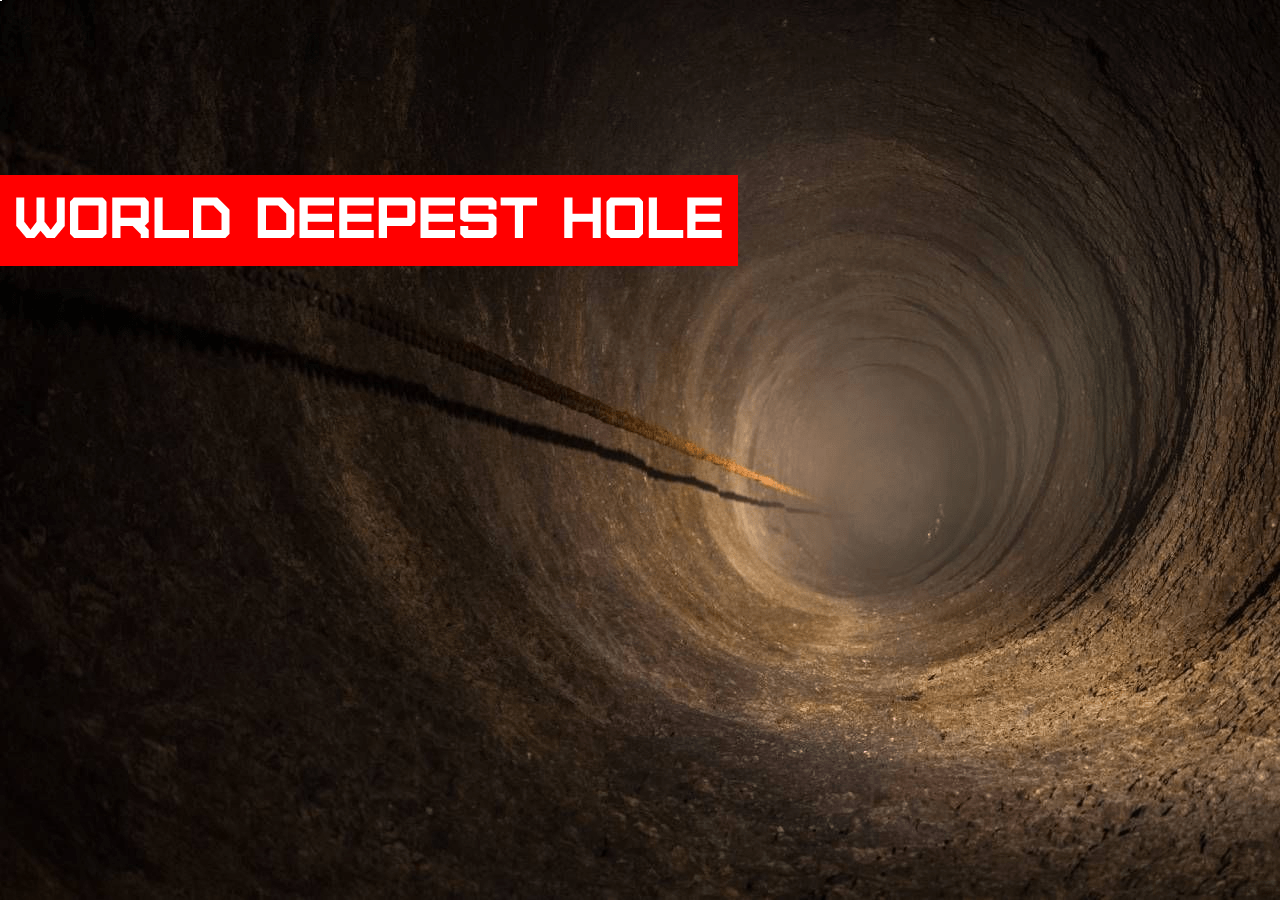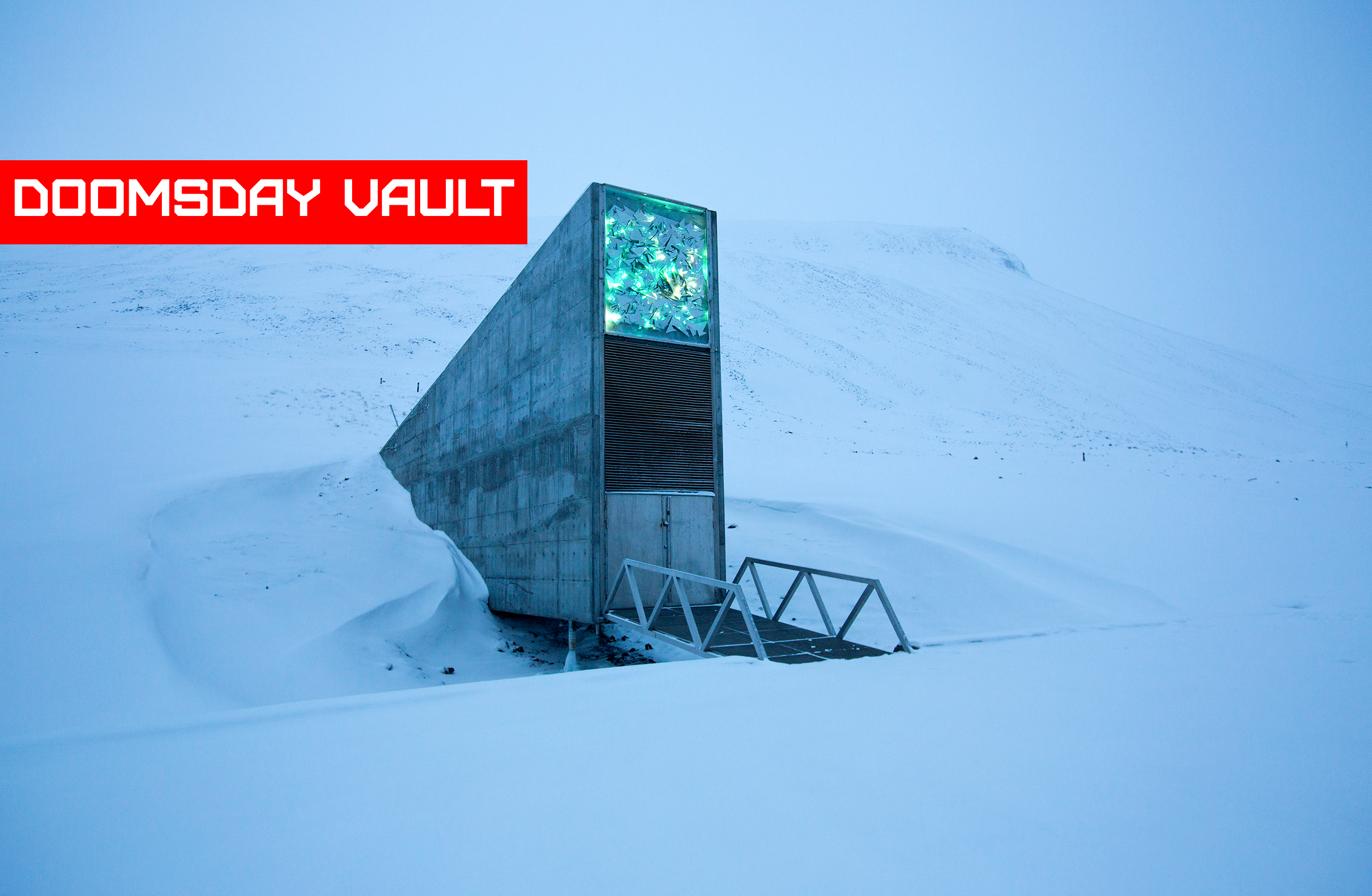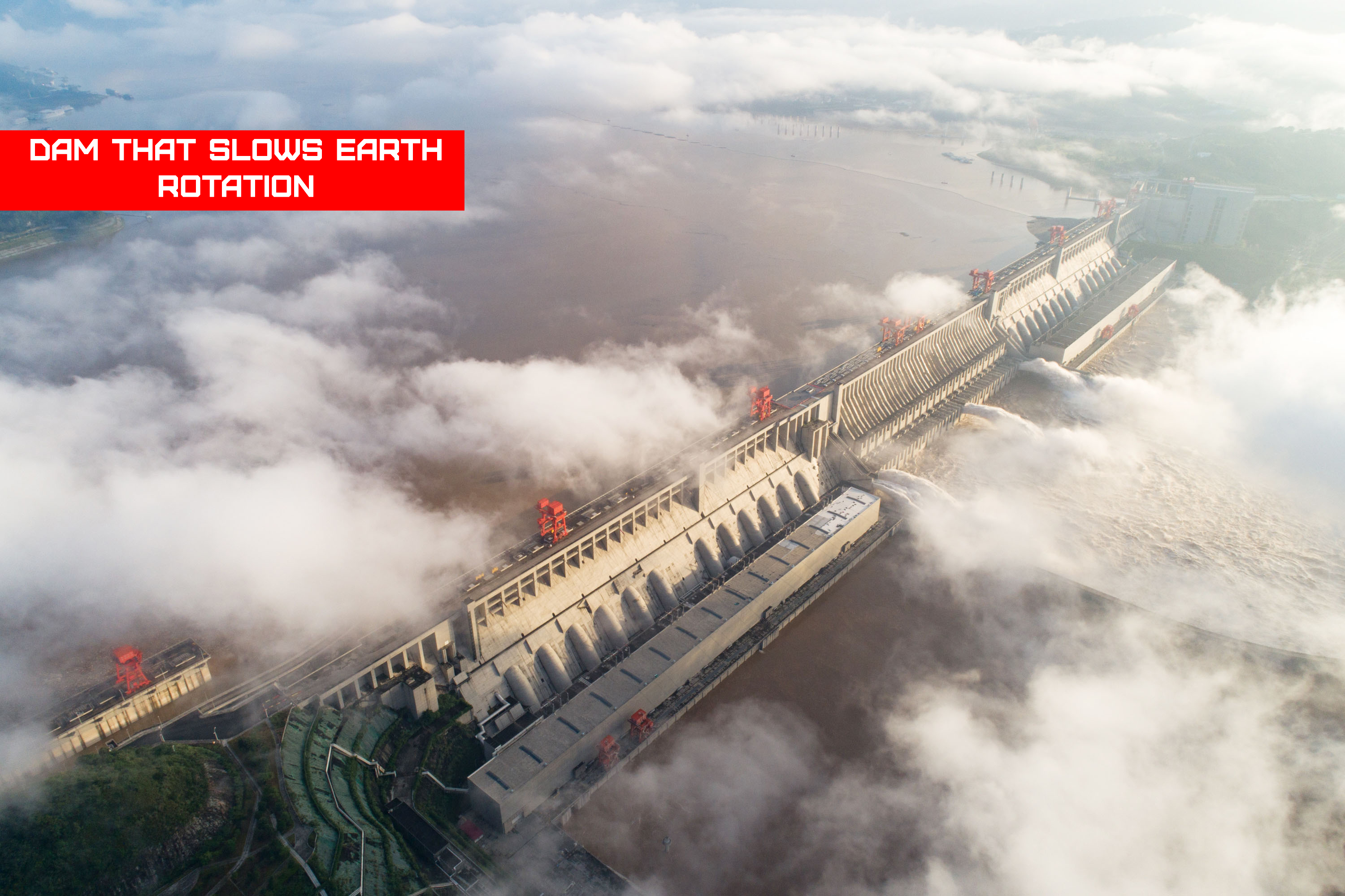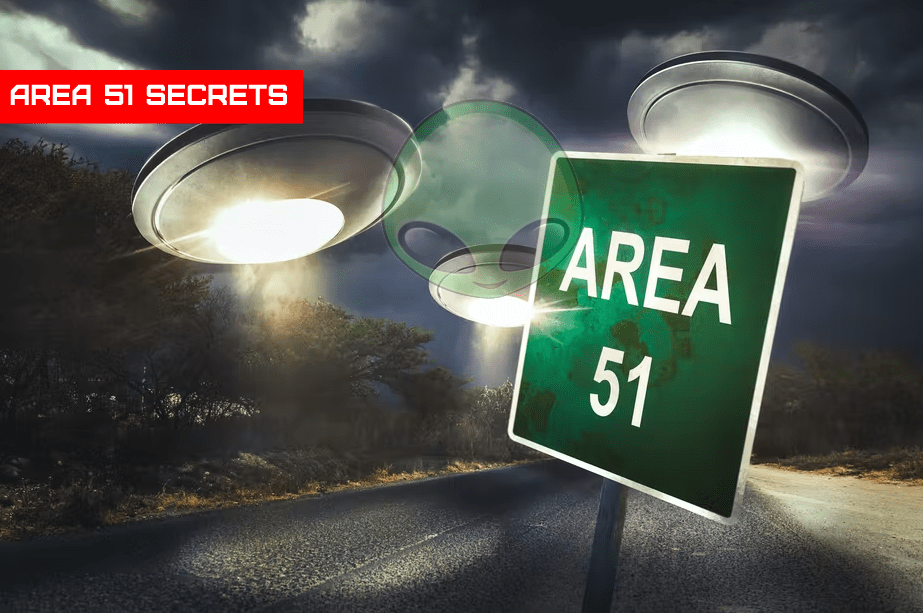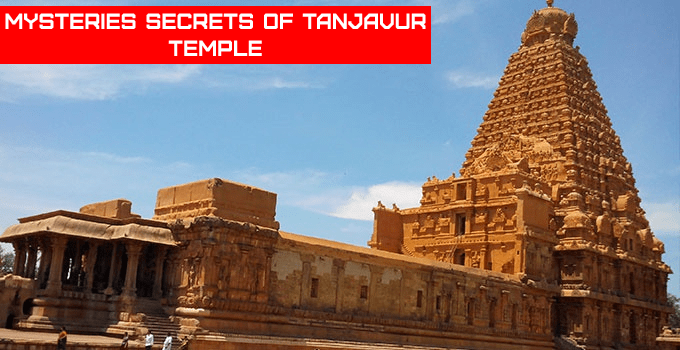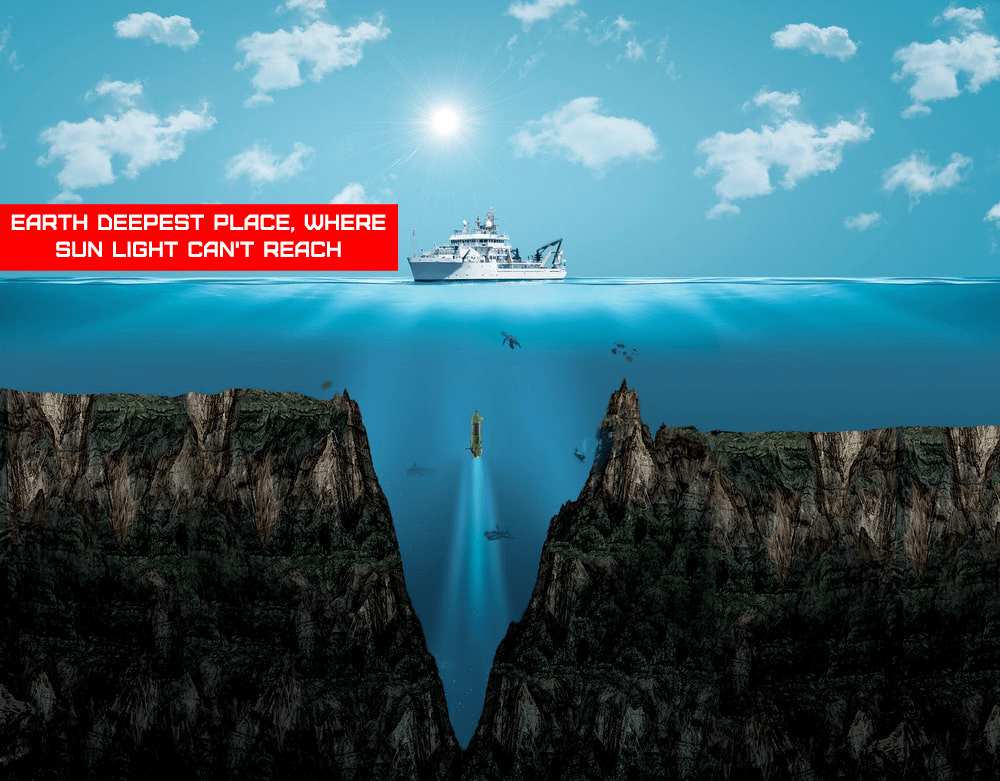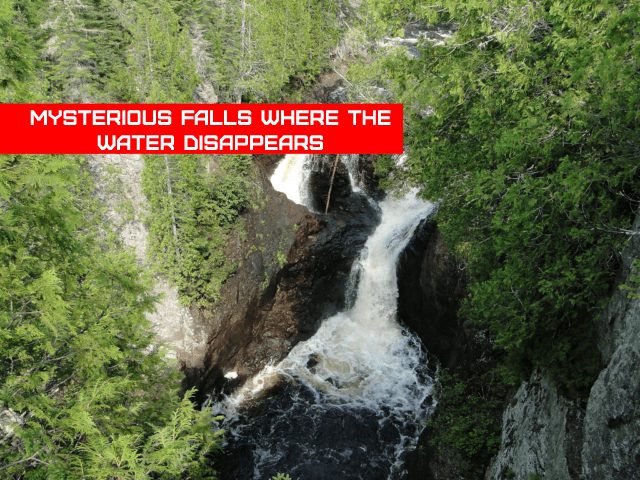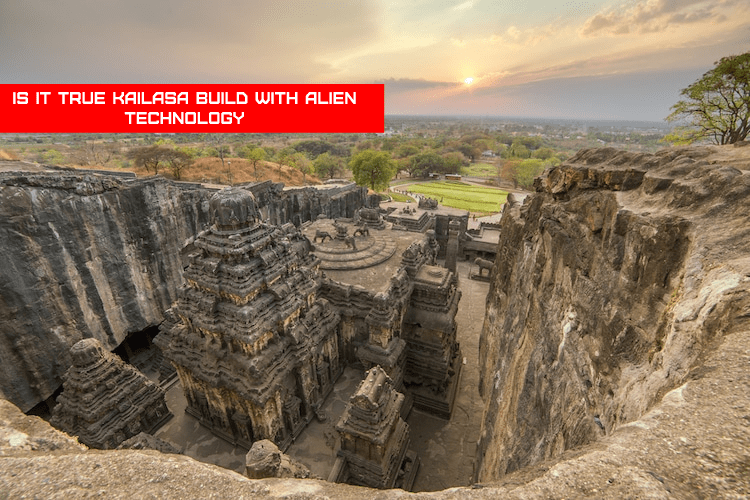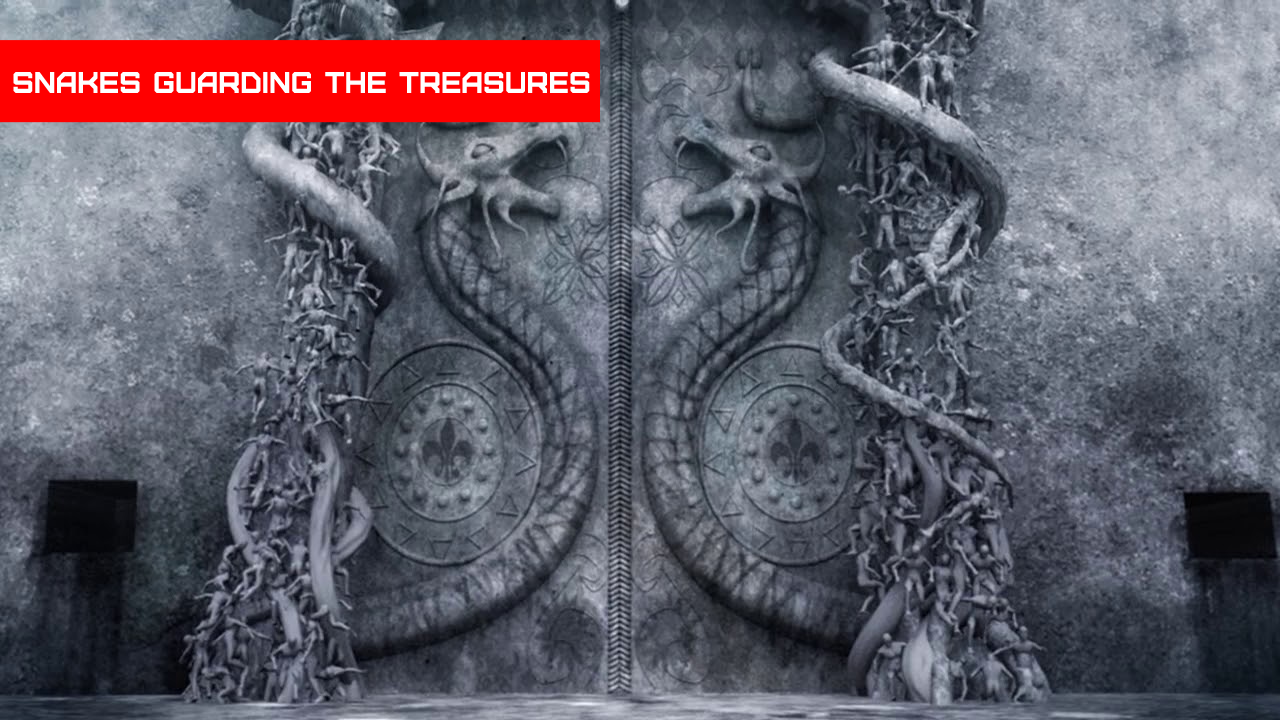Easter Island is one of the most enigmatic places on the planet. It’s home to over a thousand statues, signs and paintings in different sizes and styles, as well as other physical and cultural discoveries.
About Easter Island
Rapa Nui, often known as Easter Island (a name given to it by Europeans), is a small island in the southeast Pacific noted for its 1,000 carvings of moai, or human-faced statues.
At its largest, the island is roughly 14 miles (22 km) by 7 miles (11 km), and it is widely believed that it can be walked on foot in a single day. The volcanic island is the world’s most isolated inhabited continent. The Pitcairn Islands, roughly 1,200 miles (1,900 km) to the west, are the nearest inhabited land. Chile, the nearest South American country, is about 2,300 miles (3,700 kilometres) to the east.
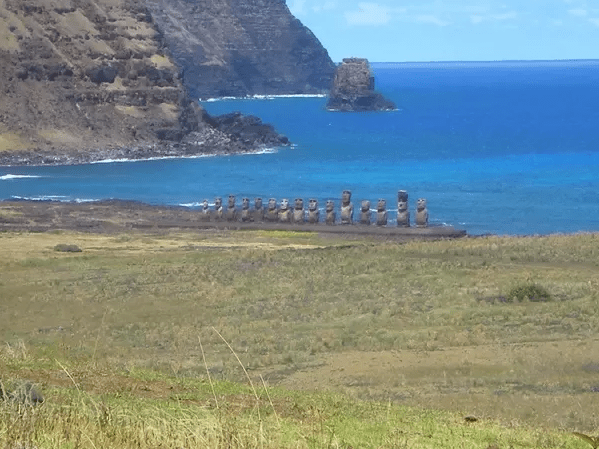
The famed carvings are huge, standing up to 40 feet (12 metres) tall and weighing 75 tonnes. They were topped with “Pukao,” a soft red stone shaped like a hat. The torsos of the statues are similarly hidden beneath the heads.
Recent radiocarbon dating from the island suggests that Rapa Nui was initially colonised around A.D. 1200, during a period when Polynesians sailed to the east Pacific and possibly to South America and California.
According to mythology, after learning of Rapa Nui from an advance team of explorers, a chief named Hotu Matu’a led a small number of colonists, possibly no more than 100 individuals, to the island.
Their origin is unknown, however it is possible that they came from the Marquesas Islands, which are about 2,300 miles (3,700 km) northwest of Rapa Nui. Another option is Rarotonga, which is 3,200 miles (5,200 km) southwest of the island. In any case, the journey would have been difficult, maybe involving tacking against the wind.
Our understanding of Rapa Nui is shockingly limited:
- Polynesian explorers who spent weeks sailing the Pacific in open boats colonised the island. To say they are fearless is an understatement.
- Rapa Nui could have been colonised as early as 300 CE or as late as 1200 CE, according to scientists. We have no idea how old this culture is.
- The islanders created Rongorongo, a pictographic written language that has yet to be understood.
- The islanders fashioned and brought enormous stone figures known as moai to the island’s coasts. The moai are considered to represent the ancestors of its makers, although no one knows how the islanders moved them.
- Later, the islanders instituted a type of administration in which each clan head had to jump off a cliff, swim across shark-infested waters to an island, retrieve the first egg deposited by a native bird, swim back, and climb back up to the top of the cliff.
- The Easter Island palm progressively disappeared, causing major ecological deterioration on the island. Scholars are unsure whether this was due to poor resource management by humans or invasive rats.
- On Easter Sunday in 1722, Europeans arrived. They brought contagious diseases like smallpox and tuberculosis to the island throughout time. Many islanders were seized in slave raids and transported to Peru, decimating their culture and population even further.
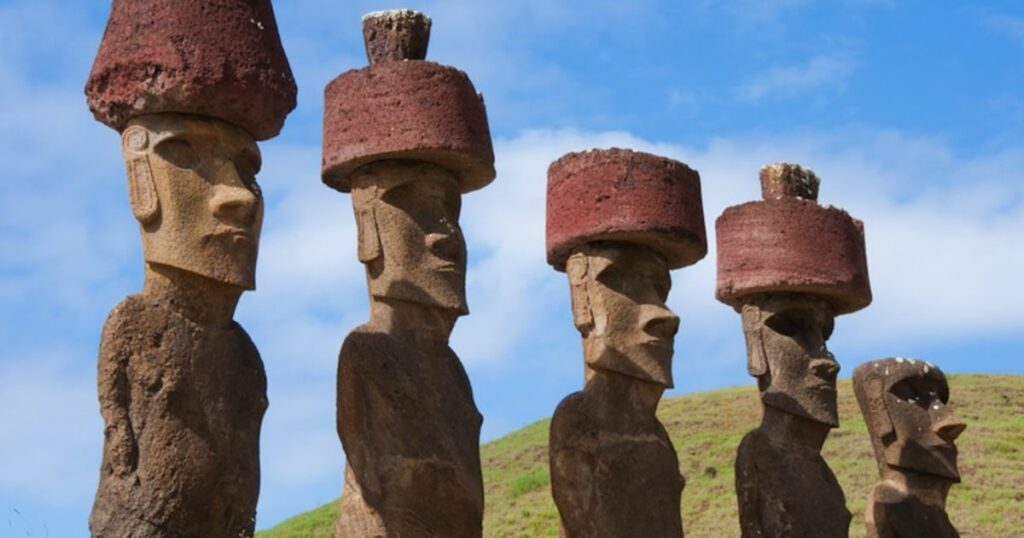
Mysteries of Moai Statues
The moai were most likely created by the Rapanui people from quarries on the island, and they represent their elders or ancestors.
So far, all of the statues discovered have been carved from stone. The vast bulk is made of tuff, a form of easily worked rock. The only exceptions are those with top knots, which were cut from scoria, an exceedingly light rock.
They also had coral and obsidian eyes.
Long ago, about 1100 AD, the Rapa Nui people began to quarry stone memorial sculptures of their ancestors and place the figures atop tombs facing inland to protect the descendants in the towns. Carving images was linked to magic, and carvers were thought to be priests or tava (sorcerors). According to legend, the ancestor statues could attract ature (bonito fish), a popular Easter Island dish.
Over time, the islanders came to believe that a larger statue reflected more honour on the ancestor, so they made the statues larger and larger. Cutting down trees to produce rollers and scaffolding for moving the statues meant less wood for boat and raft construction. This made fishing difficult, leading to food shortages. Easter Island’s once-forested enormous palm trees have become extinct.
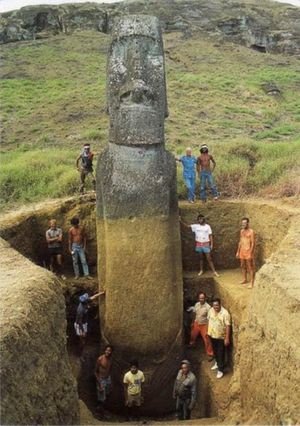
Civil war erupted between tribal tribes, who destroyed each other’s ancestor monuments. Quarrying of stone for the statues came to a halt by 1680 AD, when traditional society crumbled. Failure to feed the quarrymen was most likely a contributing factor. Slave raids and disease destroyed the population after European contact, and it took decades to replace the losses.
Wooden statues, usually made of imported wood, are still carved on Easter Island and sold to visitors and art lovers.
All of the statues had eyes, and several wore stone caps. Now, none of them have eyes, others have had their hats knocked off, and numerous sculptures are entirely knocked over. The eyes could just be gone, but the hats and statues are so hefty that it’s more likely that they were forcefully removed or pushed over. They are also significantly taller than they appear today. Much of the Moais bodies have been covered by earth throughout the years.
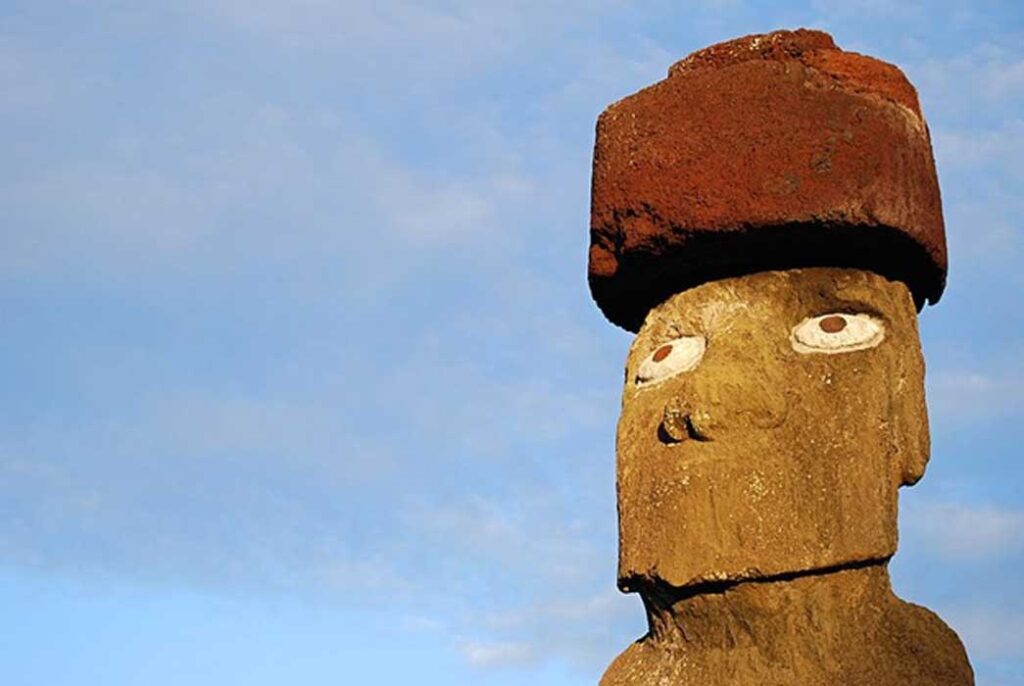
How the Statues Move onto the Easter Island?
It may seem difficult to move a multi-ton boulder without modern technology, yet Ancient Polynesians on Easter Island did it. Polynesians were discovered on Easter Island centuries before Europeans discovered it.
To honour their religion, they used archaic technology to construct what are now regarded as works of art. These statues might weigh up to 90 tonnes and stand more than 30 feet tall. It is debatable how the Moai discovered on Easter Island were transported; most assume they were moved vertically due to real-world tests, but some believe they were moved horizontally due to the difficulty of carrying the moai vertically along the hilly terrain.
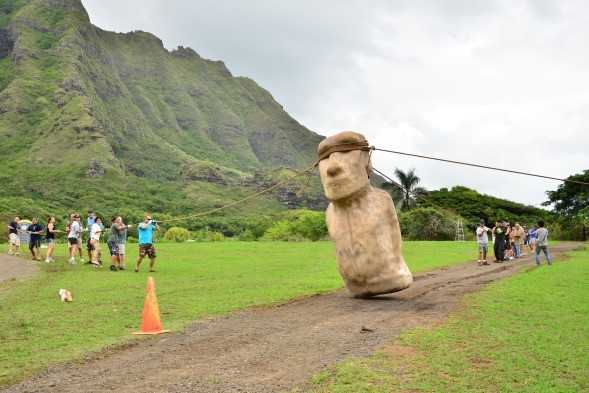
It may seem difficult to move a multi-ton boulder without modern technology, yet Ancient Polynesians on Easter Island did it.
Polynesians were discovered on Easter Island centuries before Europeans discovered it. To honour their religion, they used archaic technology to construct what are now regarded as works of art. These statues might weigh up to 90 tonnes and stand more than 30 feet tall.
It is debatable how the Moai discovered on Easter Island were transported; most assume they were moved vertically due to real-world tests, but some believe they were moved horizontally due to the difficulty of carrying the moai vertically along the hilly terrain.
Other evidence indicates that moving the Moai vertically would be impossible, instead they were moved horizontally, by rolling them. Many supporters of moving the statues horizontally say that the island’s steep geography would make vertical transportation unfeasible. Easter Island’s roads and topography were rugged and uneven, making vertical transportation difficult.
Others claim that because of the island’s uneven geography, rolling them horizontally would be considerably easier and more realistic, with studies backing that option as well. These themes pique the curiosity of archaeologists and historians, and it is fascinating to discover about oneself. The mystery of Easter Island is still something that people discuss about all around the world.

